Champagne is unquestionably the finest drink in the world. The idea; harmony of flavors in champagne comes only if it comes from the French region of Champagne and no other sparkling wine can be called real champagne. In essence, champagne belongs to the class of sparkling wines. A distinctive feature of champagnes is that they use the principle of secondary fermentation.
In fact, Champagne is a type of sparkling wine with deep French roots and the use of the name is regulated by law (in Europe, it is still protected by the Madrid Agreement (1891)), only sparkling beverages from Champagne are legally entitled to be called that. As a rule, to make this divine wine drink, you use only a few specific varieties of grapes. In some cases they are combined, while in others - not.
The Champagne region itself is the northernmost wine region of France, extends approximately 145 kilometers northeast of Paris and occupies the basin of a former inland sea. The beauty of the fertile region of Champagne extends 33, 000 hectares and is home to 3.4% of the vineyards in France.
Because of limestone deposits and geological movements two plateaus have been formed Montagne de Reims and Côte des blancs, which most of the settlements with the names Champagne and Grand Cru Premier Cru are. The best cellars with champagne traditions are around the cities Reims and Epernay.

History of Champagne
By the Middle Ages, mainly monks and clerics dealt with wine. The Champagne region with its beauty and climate is connected deeply to French history. Saint Remi, bishop of Reims, baptized King Clovis the first precisely in Champagne, in 496, for Centuries later, from 898 until 1825 French kings are sanctified in Reims. Their extravagant and lavish ceremonies and celebrations were watered with plenty of Champagne.
In fact, the origin of champagne can be argued to this day. Until recently it was believed that the divine drink is invented by the French monk - Pierre Perignon, who later received the title of "dom". History tells us that Dom Perignon accidentally reached the second stage of fermentation and later also received champagne named after him. Today, Dom Perignon is the drink of "God's Chosen people".
Gradually, he improved his technology, but his main problem was that they did not have the appropriate bottles in which to store the fascinating beverage. In 1700, islanders invented bottles made of thick glass that are most suitable for the storage of this "Willful" wine. The English loved to drink it, but champagne was no less celebrated in the Russian Royal court.
Production of champagne
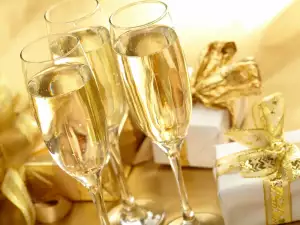
Sparkling wines are made from only three varieties - Pinot Noir, Pinot Meunier and Chardonnay. Pinot Meunier is a variation of Pinot Noir, which is characterized by extremely an fruity character and has a specific flavor. Chardonnay is considered a grape, which adds elegance and style of wine, while Pinot Noir is synonymous with a strong and clear taste. Champagne wines rarely come from a single vineyard or village.
Usually, the biggest wineries pay more for the best quality feedstock. They are aged more than 15 months, which is the mandatory minimum and they typically add their your best wines in the back blend to Brut sans année. A well aged wine is a prerequisite for its higher price.
What distinguishes champagne wines from others is it’s secondary fermentation. It has been characterized by two fermentations, the second is induced artificially. During the course of this small bubbles of carbon dioxide release, but remain in the bottle, which dramatically increases the pressure in the bottles. Significantly, the glass that champagne bottles use is thicker.
Indeed, the bottles which hold champagne, withstand three times higher pressure than in car tires. Champagne bottles are rotated at different angles daily, to build up sludge in it, which then carefully taken out. There are 2 types of champagne, depending on the degree of sweetness and dryness of the wine. Both are unique, not only in taste but also in price.
True Champagne has very high prices, because of the complicated production technology, which coincides with this divine drink. Recently, the oldest champagne in the world was sold. The unique bottle is aged 200 years. It was found in a shipwrecked boat and it was sold for a record price of 30, 000 euros.

The Champagne has a ladder of individual crus, expressed as a percentage, which is a very specific way to classify vineyards. 200 settlements produce champagne, but only 17 of them have the privilege of 100% of their vines being classified as cru. Only they can be called Grand Cru. About 40 villages’ vineyards are classified from 99 to 90% - they are called Premier Cru, the rest classified by 89 to 80 percent called Second Cru.
Types of Champagne
Blanc de blancs - this fine white wine (translated as White White) is made only from Chardonnay;
Blanc de noirs - Wine (translated as white than red) is made only from red grapes - Pinot Noir and Pinot Meunier;
Brut - dry wine with a sugar content of less than 15 g / l;
Extra brut - sugar content from 0 to 6 g / l;
SEC - sugar content of 17 to 35 g / l, which here means semidry;
Demi SEC - sugar content of 33 to 50 g / l;
Doux - sweet
As a rule, classic champagne is white. It’s production technology requires that the white wine is produced from red grapes (Pinot Noir), which immediately after pressing, the marcs are separated from the carp. The coloring of the wine is produced by keeping the carp with the marc. The longer is the stay, the wine is a deeper red.
A vast majority of sparkling wines are kept for a short time as ordinary wines and most often they are obtained from wines of different years of manufacture. Using a mature wine from one vintage is marked on the label with the French term Millésimé. These vintage wines are only from the best years (on average every 4 years). Basic principles in Champagne require you to blend grapes from different plots and crops. Best selling champagnes are from the type Brut sans année, according to the style of each winery.
Etiquette for the consumption of champagne

Any champagne should be served chilled and several hours before serving, it is best left in the fridge.
Champagne is served at a temperature of 6-8 degrees, in a bucket filled with ice and water.
Even if it seems odd, the rule is to open champagne carefully at an angle (about 45 degrees), for it to remain intact and retain it’s properties.
Champagne is poured carefully into high glasses, allowing for longer enjoyment of the elite drink.
In the wide and shorter glasses, the bubbles disappear very quickly, while in high glasses, their tickling ability is maintained for longer.
The label requires glasses to be filled halfway. Any opened bottle of champagne should be drunk in no more than 24 hours, or the taste is lost.
Benefits of champagne
Drinking champagne can delight you and make you feel pretty good. This in itself is no small benefit, but champagne wines have many more advantages. Research specialists proved that champagne helps the heart, reducing the risk of disease Alzheimer's. This fine drinks lowers cholesterol and protects against heart stroke and improves circulation. It is estimated that the most antioxidants are contained in rose champagne.
There is even a diet, including daily consumption of champagne to 1-2 times daily. In general, alcoholic drinks are high-calorie, but one cup of the beverage contains only 91 calories. The diet should be balanced with a healthy mix of different food groups. It is advisable for women not to consume more than 2 small glasses a day.
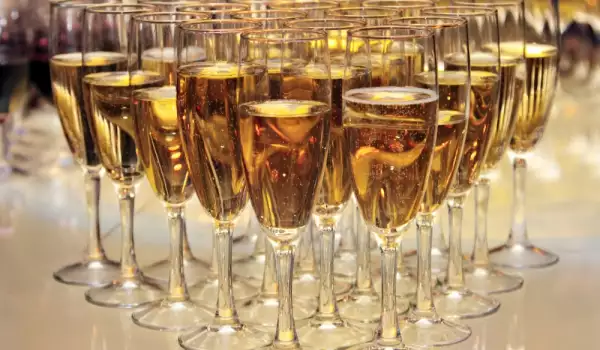
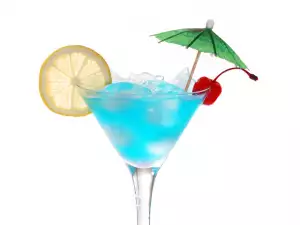

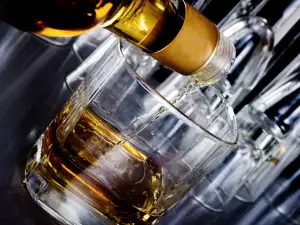
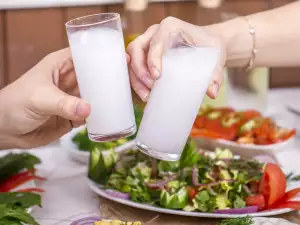
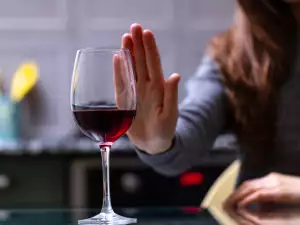

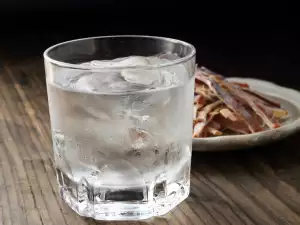
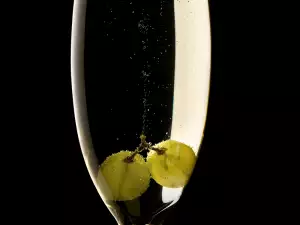
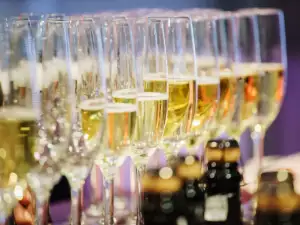
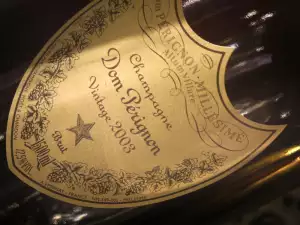
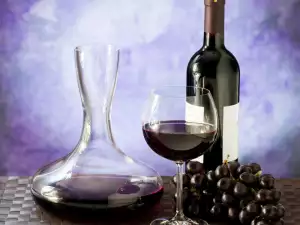

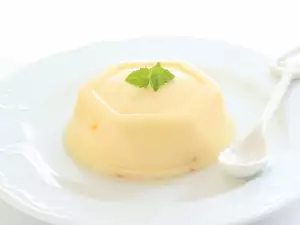







Comments